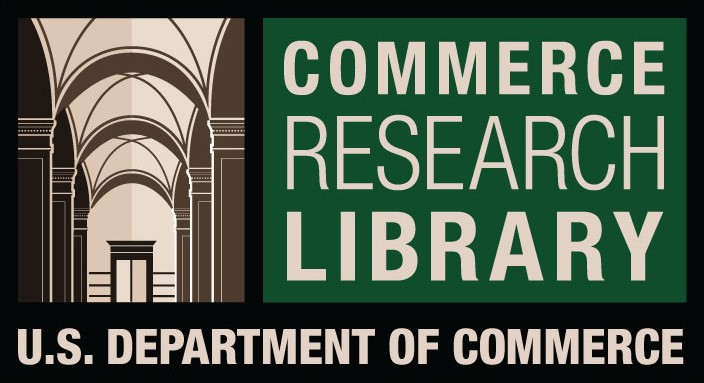SOCIO-PSYCHOLOGY ASPECT IN AN ALTERNATIVE REGULATION FOR CONTROLLING THE UNDERAGED MARRIAGE
DOI:
https://doi.org/10.61841/3bq9bq32Keywords:
underage marriage;, limit of age, ; social problems;, constructive paradigmAbstract
This research sought an alternative regulation of underaged married. The sociopsychology aspect of married law concerning with; first is seeking the sociopsychology aspect which related to marriage law that fails to control the rising of marriage among the youth; second is is to find a new alternative regulation for underage married problems in some parts of Indonesia. The research used the constructivism paradigm to find the data of problems of youth marriage, analyze case, and to offer a new alternative solution of underage marriage. A legal fact was analyzed with the multi disciplinary contexts. It was applied to a socio-cultural factors of the under aged married issue. Data found that the regulation on the age limit of marriage needs to be revised and reviewed, by revising article 7 paragraph 1 which states 19 years for men and 16 years for women to be 17 years for men and 15 years for women, and there is no need for dispensation against this as mentioned in article 7 paragraph 2 and 3. The offered solution to reduce the age of marriage aims to eliminate the obscurity of the interpretation of the minimum age for marriage, both in positive law, customary law and Islamic law. This study concludes that the constructive paradigm to create a new regulation for reaching the better socio- psychology of newly couples. The regulation of the age of marriage should be changed for a problem resolve of the complexity of legal problems that arise, both for individuals and society, and the state in a broad sense.
Downloads
References
1. BKKBN. (2014). Survey demografi dan kesehatan Indonesia (SDKI) 2012. Jakarta: BKKBN. pp:1-24
2. Chaplin, J. P. (1997). Kamus Lengkap Psikologi. Jakarta: Raja Grafndo Persada, pp:421.
3. Dellyana, D., & Simatupang, T. M. (2013). Business model innovation in music industry: a literature review. Abstract of Economic, Finance and Management Outlook, 1, 1-53.
4. Hanafi, Y. (2011). Kontroversi Perkawinan Anak di Bawah Umur. Bandung: Mandar Maju.
5. Hidayat, D. N. (2003). Paradigma dan Metodologi Penelitian Sosial Empirik Klasik, Jakarta: Departemen Ilmu Komunikasi FISIP Universitas Indonesia.
6. KBBI. (2019). Kamus Besar Bahasa Indonesia. Retrieved from https://kbbi.kemdikbud.go.id. On September 12, 2019. 11:17 AM.
7. Koro, A. (2012). Perlindungan Anak di Bawah Umur dalam Perkawinan Usia Muda dan Perkawinan Siri, Bandung: PT Alumni
8. Maloko, T. (2012). Dinamika Hukum dalam Perkawinan. Makassar: Alauddin University Press
9. Marbun, B. N. (1996). Kamus Politik. Jakarta: Pustaka Sinar Harapan.
10. Prasetyo, T. (2011). Keadilan Bermartabat Perspektif Teori Hukum. Jakarta: Sinar Grafika
11. Prasetyo, T. & Halim, A. B. (2011). Ilmu Hukum dan Filsafat Hukum Studi Pemikiran Ahli Hukum Sepanjang Zaman, Pustaka Pelajar, Yogyakarta, pp. 9.
12. Rafi, A. B. (2006). Membangun Syurga Rumah Tangga, Surabaya: Gita Media Press
13. Rahardjo, S. (1981). Hukum dalam Perspektif Social. Bandung: Alumni, pp:153.
14. Rahardjo, S. (2000). Ilmu Hukum. Bandung: PT Cipta Aditya Bhakti, pp: 208
15. Ramulyo, M. I. (2004). Hukum Perkawinan Islam Suatu Analisis dari Undang-undang Nomor 1 Tahun 1974 dan Kompilasi Hukum Islam (KHI), 5th Edition, Jakarta:PT. Bumi Aksara.
16. Rizali, R., Sarman, M., & Hidayat, T. (2018). Underage Marriage Cases and Their Implications on Economics Stability Households in the District of Kandangan, Hulu Sungai Selatan, Indonesia. European Journal Social Sciences Studies. Volume 3:4, pp. 123:136.
17. Salim. (2013). Penerapan Teori Hukum pada Penelitian Thesis dan Disertasi. Jakarta: Raja Grafindo Persada, pp.3.
18. Soekanto, S. (1981). Pengantar Penelitian Hukum, Jakarta: UI Press
19. Soekanto, S. (1983). Faktor-faktor yang Mempengaruhi Penegakan Hukum, Rajawali, Jakarta, pp.13.
20. Soemitro, I. S. (1990). Aspek Hukum Perlindungan Anak. Jakarta: Bumi Aksara
21. Soemitro, R. H. (1983). Metode Penelitian Hukum, Jakarta: Ghalia
22. Sofian, A. & Lubis, M. (2008). Pernikahan Dini dan Tuntutan Revisi UU Perkawinan. Waspada Online. 21 November 2008, http://www.waspada.co.id. Accessed on September 19, 2008.
23. Warassih, E. (without yeat), Metode Penelitian Hukum, Yayasan Dewi Sartika, Semarang, hlm. 162
24. Zainuddin. (2014). Kerangka, Dalil, Teoritis, Konseptual, dan Metode Penelitian, Jakarta: Sinar Grafika.
Downloads
Published
Issue
Section
License

This work is licensed under a Creative Commons Attribution 4.0 International License.
You are free to:
- Share — copy and redistribute the material in any medium or format for any purpose, even commercially.
- Adapt — remix, transform, and build upon the material for any purpose, even commercially.
- The licensor cannot revoke these freedoms as long as you follow the license terms.
Under the following terms:
- Attribution — You must give appropriate credit , provide a link to the license, and indicate if changes were made . You may do so in any reasonable manner, but not in any way that suggests the licensor endorses you or your use.
- No additional restrictions — You may not apply legal terms or technological measures that legally restrict others from doing anything the license permits.
Notices:
You do not have to comply with the license for elements of the material in the public domain or where your use is permitted by an applicable exception or limitation .
No warranties are given. The license may not give you all of the permissions necessary for your intended use. For example, other rights such as publicity, privacy, or moral rights may limit how you use the material.









